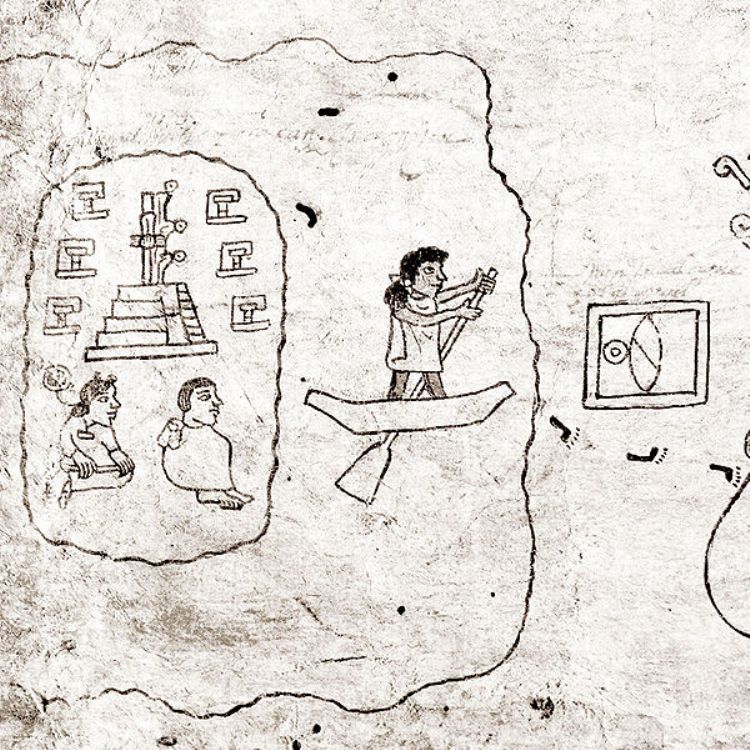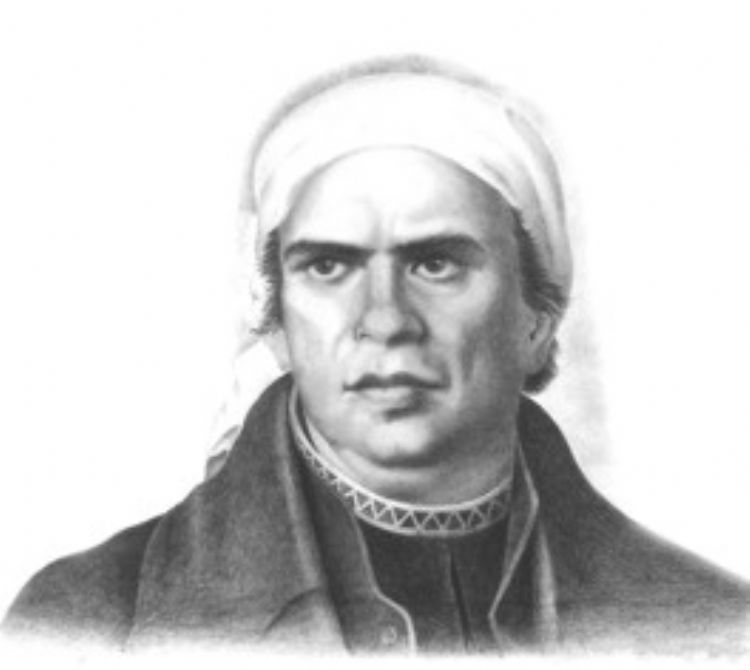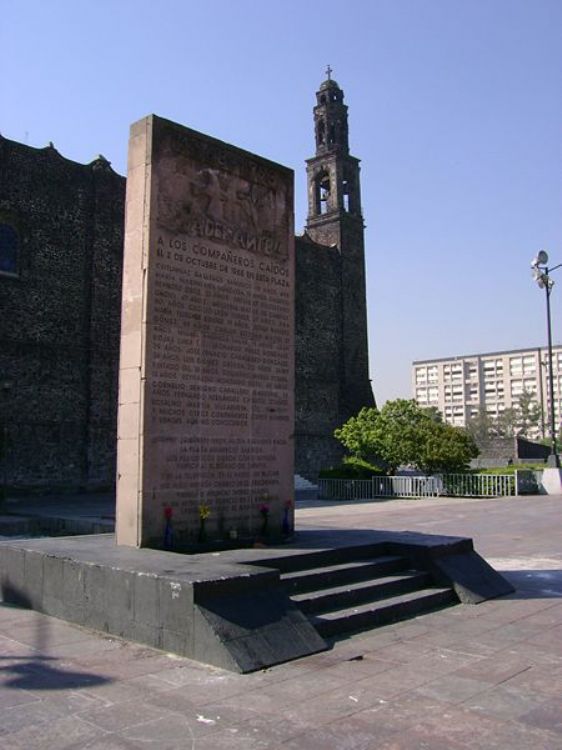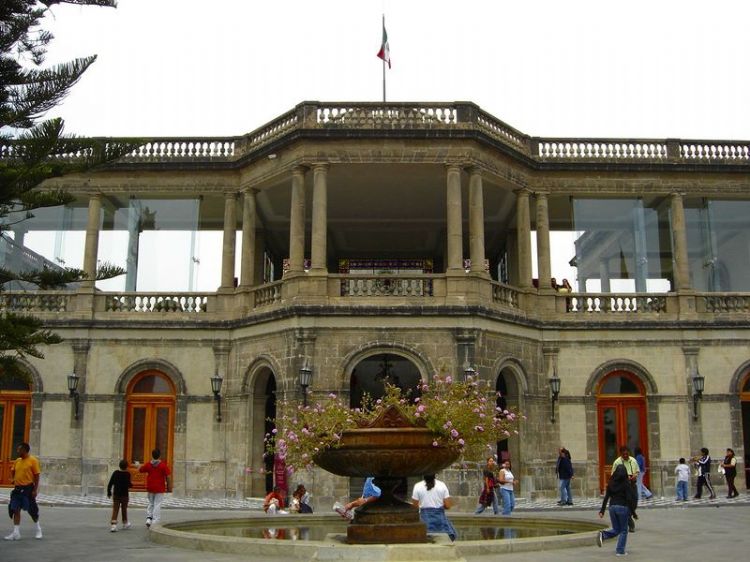Mariano Azuela
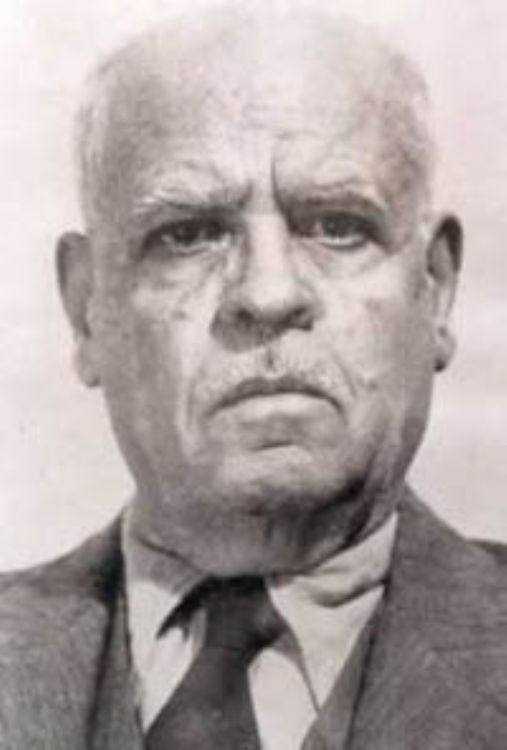
Mariano Azuela was born on January 1, 1873 in Lagos de Moreno, Jalisco. He studied and worked as a medical doctor, but is remembered as one of Mexicoâs greatest writers.
During his childhood, he was fascinated by his grandfatherâs stories, a farmer famous for being a great story teller. During his college years, Mariano Azuela was passionate about literature and greatly influenced by his favorite writer, Emilio Zola, father of naturalism.
His first book is titled âRegistroâ, an intimate diary written in 1889 and published in 1896. In 1907, he published his first novel, âMaría Luisaâ, where he writes about the social maladies from a naturalist perspective. He defined his style with his characteristic traits of social satire with raw expressive realism and classic narrative form by publishing âLos Fracasadosâ (1908), âSin Amorâ (1912) and âMala Yerbaâ (1909). In the latter, he portrays his priority, humiliated farmers who revolt against their employers.
During the presidency of Francisco I. Madero, Azuela worked as political chief in Lagos and later, as Chief of Education in the State of Jalisco. After the fall of Madero, he participated as military doctor with the army of Francisco Villa. He masterfully portrayed this experience with the troops and revolutionary groups in âLos de Abajoâ (1916), a realist novel that launched him to literary stardom. The spontaneous and passionate way in which farmers joined the revolutionary fight is the main topic of this famous novel, where Azuela exhibits with beautiful fidelity the chaos created by the collision of the Revolutionâs forces that went up in arms without any former military training.
Azuela is outstanding for narrating raw social reality with compassion towards the oppressed and love for truth and equity, despising injustice and evil. His work severely critics asphyxiating social conventionalisms and the abuse of a corrupt regime, for which he proudly displays the emancipating process that gave hope to the Revolution. In each of his works he portrays reality and the will to change it. The antagonists of his novels are always unfair men, despotic landowners, tyrannical family members or arbitrary bosses.
His work shows great skill for mixing social reality with a vanguard style, being the only Mexican that experimented with vanguard art before 1925. The dynamic of the armed struggle is portrayed in a fast, violent and realist manner.
âLos de Abajoâ was followed by other two works in the topic of the Revolution, âLos Caciquesâ (1917) and âLas Moscasâ (1918). Other famous works by Azuela are âLas tribulaciones de una familia decenteâ (1918); âLa luciérnagaâ (1932); âNueva Burguesíaâ (1941); âLa mujer domadaâ (1945); and âSendas perdidasâ (1949), always criticizing societyâs defects and Mexicoâs political structure.
In 1942, Mariano Azuela received the National Literature Award in recognition of his extraordinary career. In 1949, he was granted the National Arts and Science Award. Mariano Azuela, one of the most read Mexican writers, died on March 1, 1952 in Mexico City. His remains are buried at the Rotonda de las Personas Ilustres (Rondabout of Distinguished Persons) within the Panteón de Dolores in Mexico City.
Article Produced by the Editorial Team of Explorando México.
Copyright Explorando México. All Rights Reserved.
Photo: Arts-History

